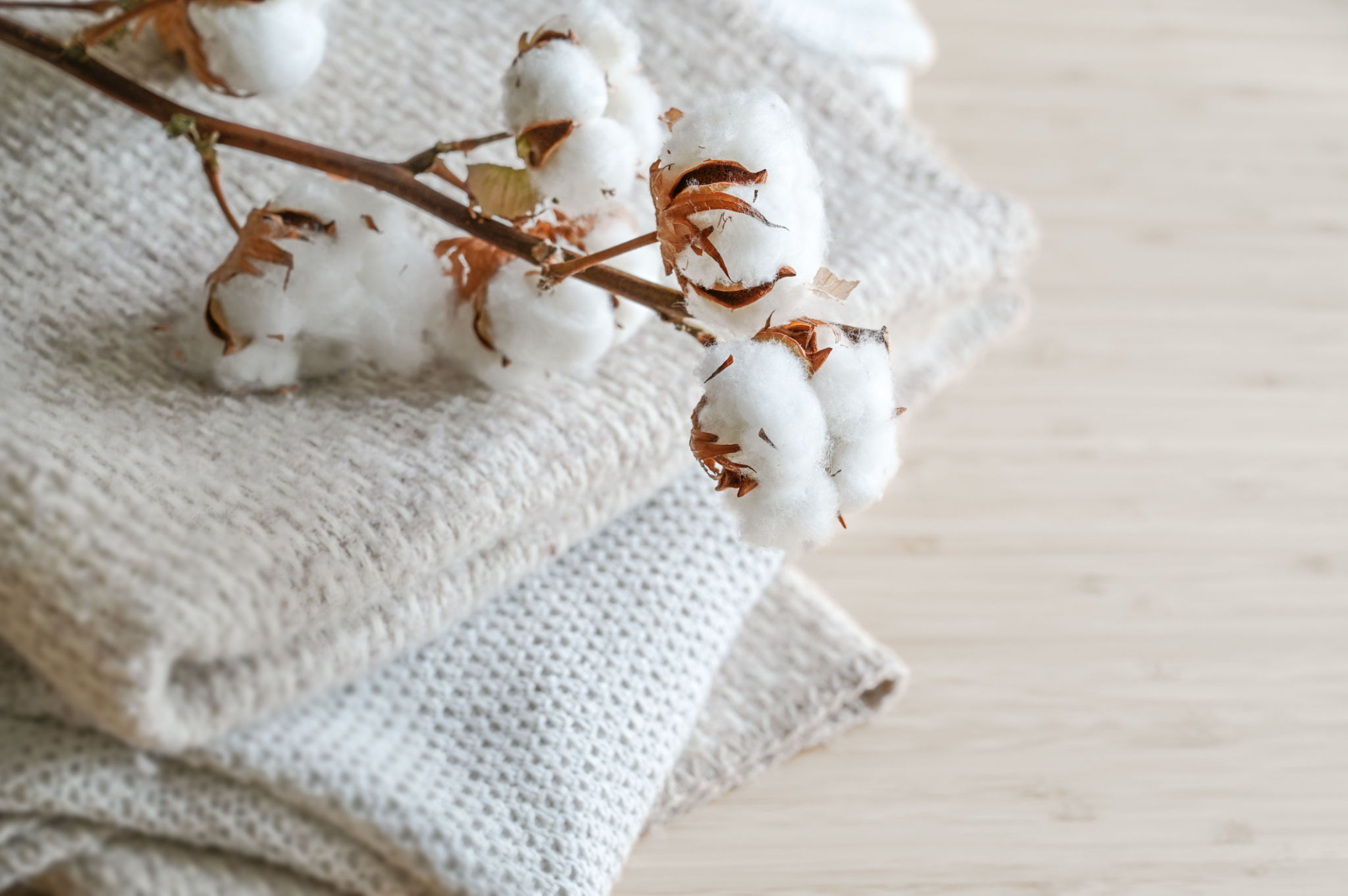Latest Trends in Microfiber Technology: Innovations You Should Know
Revolutionizing Textiles: Microfiber's New Frontier
The textile industry is undergoing a significant transformation, and at the forefront of this change is microfiber technology. Known for its durability, softness, and versatility, microfiber is now being enhanced through innovative techniques that are set to redefine how we perceive fabric. As consumers seek products that offer both functionality and sustainability, these advancements are becoming increasingly relevant.

Nanotechnology Integration
One of the most exciting trends in microfiber technology is the integration of nanotechnology. By manipulating fibers at the molecular level, manufacturers can create textiles that are not only more resilient but also have unique properties such as water resistance and stain repellence. This integration allows for the creation of garments and home textiles that maintain their appearance and feel even after multiple washes.
Sustainability and Eco-Friendly Production
As environmental concerns grow, the textile industry is focusing on sustainability. Microfiber technology is leading the charge by utilizing eco-friendly production methods. Innovations include the development of biodegradable microfibers and the implementation of closed-loop systems that minimize waste. These advancements ensure that microfiber products are kinder to the planet without compromising quality.

Smart Textiles with Embedded Technology
The concept of smart textiles is no longer science fiction. By embedding technology into microfibers, manufacturers are creating fabrics that can monitor health metrics, adjust to body temperature, or even charge electronic devices. This innovation opens up a world of possibilities for sportswear, medical applications, and everyday clothing, offering consumers enhanced functionality in their garments.
Enhanced Comfort and Breathability
Comfort remains a top priority for consumers, and microfiber technology is delivering on this front as well. New weaving techniques and fiber blends are being developed to enhance breathability while maintaining the softness that microfiber is known for. These improvements make microfiber a preferred choice for athletic wear and bedding, where comfort is paramount.

Customization and Personalization
Advancements in digital printing and fiber customization are allowing for greater personalization in microfiber products. Consumers can now enjoy custom designs and colors that reflect their personal style without worrying about fading or deterioration. This trend is particularly popular in fashion and interior design, where individuality is key.
Cost-Effective Manufacturing
Despite these technological advancements, microfiber remains a cost-effective option for manufacturers. Innovations in production processes have reduced the costs associated with creating high-quality microfiber products. This affordability ensures that consumers can access advanced textile options without breaking the bank.
- Durability: Enhanced fiber strength for longer-lasting products.
- Affordability: Cost-effective production methods keep prices competitive.
- Versatility: Applicable across various industries from fashion to home decor.
The Future of Microfiber Technology
As microfiber technology continues to evolve, it promises to redefine the textile industry. With innovations in sustainability, smart functionalities, and personalization, microfiber is not just keeping up with consumer demands; it's setting new standards. The future looks bright for this versatile material as it adapts to meet the ever-changing needs of a modern world.
